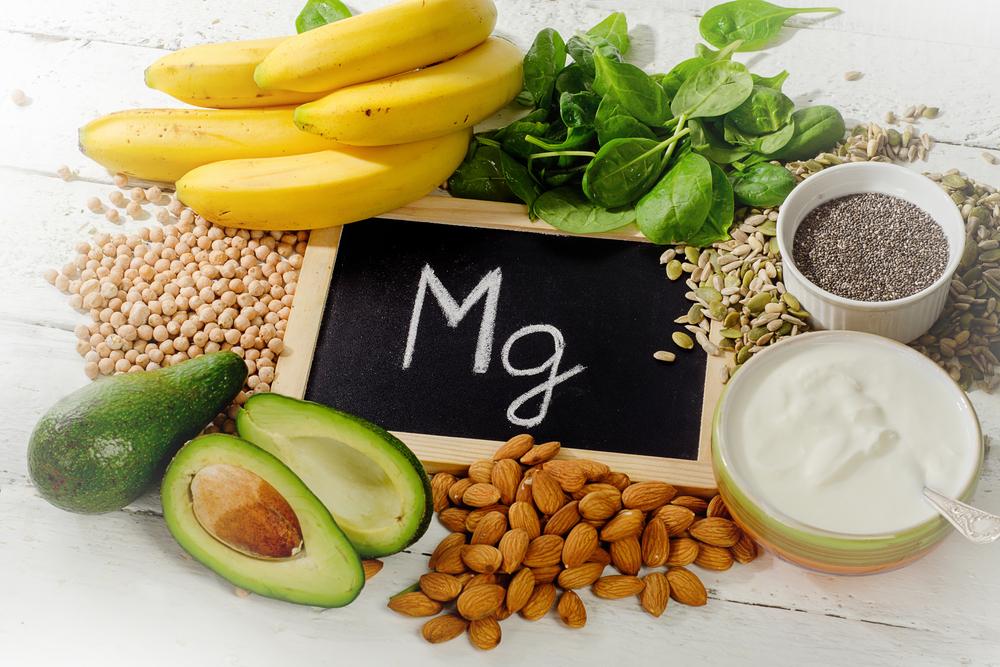The cardiovascular system consists of the blood, heart, and blood vessels. Sadly, one of the more common health issues we see here at My Pet Nutritionist are things involving the heart (both emotionally for us, and physically for the client).
So, we thought we’d do a whistle stop tour of the cardiovascular system. If we know what it does, we can notice when things start to go a little awry. In addition, we can consider lifestyle choices in which to support its health.
1) The Blood
Functions and Properties of Blood:
- Blood transports oxygen, carbon dioxide, nutrients, wastes and hormones.
- It helps regulate pH, body temperature, and water content of cells.
- It provides protection through clotting and by combatting toxins and microbes through certain phagocytic white blood cells or specialised blood plasma proteins.
The formed elements in blood include red blood cells, white blood cells and platelets.
2) The Heart
The heart is located in the chest between the right and left lungs and is contained in a very thin sac called the pericardial sac. The heart extends from around the 3rd to the 6th rib of the dog.
The heart is the central organ that contracts rhythmically to pump blood continuously through the blood vessels.
The heart consists of four chambers:
The right atrium is the collecting chamber for blood from distant parts of the body. Blood is carried back to this upper right chamber of the heart in various veins. The oxygen levels in the blood in this chamber are very low. As the right atrium contracts, blood flows through the tricuspid valve into the right ventricle.
The right ventricle is the pumping chamber of the lower right heart. As the right ventricle contracts, it sends blood it has received from the right atrium into the pulmonary artery. The pulmonary valve sits at the opening of the pulmonary artery and prevents blood from moving backwards into the right ventricle after it contracts. The pulmonary artery carries the blood into the lungs where it grabs oxygen and gets rid of carbon dioxide. The carbon dioxide leaves when dogs breathe out, and oxygen is taken in when they take a breath in.
The left atrium – blood that is high in oxygen returns to the heart from the lungs and enters the upper left chamber of the heart, the left atrium. The left atrium is a collecting chamber that sends this oxygenated blood to the left ventricle. The valve that separates the left atrium from the left ventricle is the mitral valve.
The left ventricle – the left ventricle is the major pumping chamber of the heart. This lower left chamber is responsible for pumping oxygen-rich blood to the rest of the body. The blood from the left ventricle enters the aorta through the aortic valve. The aorta and other arteries distribute this oxygen-rich blood throughout the body.
Cardiac Muscle Tissue
Cardiac muscle fibres usually contain a single centrally located nucleus. Compared with skeletal muscle, cardiac muscle fibres have more and larger mitochondria (which as we know, are the powerhouses of cells).
In comparison to skeletal muscle, cardiac muscle produces little of the ATP (energy) it needs by anaerobic cellular respiration (without oxygen). Instead, it relies on aerobic respiration (with oxygen).
Cardiac muscle uses several fuels to power mitochondrial ATP production. At rest, the heart’s ATP comes mainly from the oxidation of fatty acids and glucose, with smaller contributions coming from lactic acid, amino acids, and ketone bodies. During exercise, the heart’s use of lactic acid, produced by actively using skeletal muscle, rises.
Like skeletal muscle, cardiac muscle also produces some ATP from creatinine phosphate. This is relevant in cases of heart issues; when there is injured or dying cardiac muscle, creatine kinase (the enzyme that catalyses the transfer of a phosphate group from creatine phosphate to ADP to make ATP) is found in the blood.
Cardiac Output
The heart’s operation is mainly governed by events occurring throughout the body. Body cells must receive a certain amount of oxygen from blood each minute, to maintain health and life. When cells are metabolically active, as with exercise, they take up even more oxygen from the blood. During rest, cellular metabolic need is reduced and the workload of the heart decreases.
Heart Rate
Certain chemicals influence both the basic physiology of cardiac muscle and heart rate.
Hormones
Epinephrine and norepinephrine enhance the heart’s pumping effectiveness. They increase both heart rate and contractility. As we know. exercise, stress, and excitement cause the adrenal medullae to release more hormones.
Thyroid hormones also enhance cardiac contractility and heart rate. One sign of hyperthyroidism is tachycardia, or elevated resting heart rate.
Hyperthyroidism
Cations
The concentrations of several cations are crucial for action potentials in all nerve and muscle fibres. This includes the heart.
The relative concentrations of: K (Potassium), Ca (Calcium) and Na (Sodium) have a huge impact on cardiac function.
Elevated blood levels of K or Na decreases heart rate and contractility. Excess Na blocks Ca inflow which decreases contraction, and excess K blocks the generation of action potentials. A moderate increase in Ca speeds heart rate and strengthens heartbeat.
The bottom line? There are a number of nutrients that are crucial to heart function, and in the incorrect amounts, can start to run amok!
Increased body temperature, as with exercise understandably increases heart rate, but in cases of increased body temperature due to infection, the same also applies. So increased heart rate may be a sign of pathogenic load.
Why Is The Cardiovascular System So Important?
The heart pumps blood through blood vessels to body tissues, delivering oxygen and nutrients and removing waste by capillary exchange. Circulating blood keeps body tissues at a correct temperature. In short, it is vital for homeostasis.
Integumentary System (Skin)
- Blood delivers clotting factors and white blood cells that aid in recovery when skin is damaged.
- Changes in blood flow contribute to body temperature regulation by adjusting the amount of heat loss via the skin.
Skeletal System
- Blood delivers calcium and phosphate ions that are needed for building bone.
- Blood transports hormones that govern building and breakdown of bone matrix and erythropoietin that stimulates production of red blood cells by bone marrow.
Muscular System
- Blood circulating through exercising muscle removes heat and lactic acid.
Nervous System
- Endothelial cells help produce cerebral spinal fluid and contribute to the blood-brain barrier.
Endocrine System
- Circulating blood delivers most hormones to their target tissues.
Lymphatic System
- Circulating blood distributes lymphocytes, antibodies, and macrophages that carry out immune function.
- Lymph forms from excess interstitial fluid which filters from blood plasma, thanks to blood pressure generated by the heart.
Respiratory System
- Circulating blood transports oxygen from the lungs to body tissues and carbon dioxide to the lungs for exhalation.
Digestive System
- Blood carries newly absorbed nutrients and water to the liver.
- Blood distributes hormones that aid digestion.
Urinary System
- Heart and blood vessels deliver 20% of the resting cardiac output to the kidneys, where blood is filtered. Needed substances are reabsorbed and unneeded substances remain part of the urine which is excreted.
Ageing and The Cardiovascular System
General changes in the cardiovascular system occur during ageing. This includes decreased distensibility, reduction in cardiac fibre size, progressive loss of muscular strength, reduced cardiac output and a decrease in maximum heart rate.
There are also other conditions where heart function is compromised, and therefore the role of the cardiovascular system is diminished. To learn more about these conditions, check out our blog here:
Heart Health in Dogs
By now, you have likely gathered the importance of the cardiovascular system, and the heart is the hub!
Join us for our next blog, where we will take a look at some key nutrients for heart health.
Thanks for reading,
Lisa




